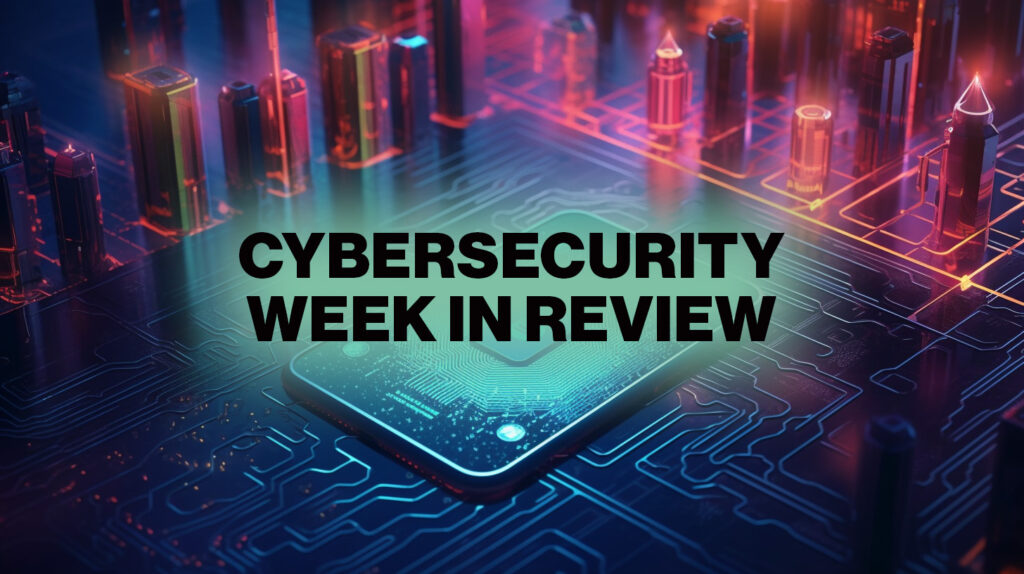
Recent cybersecurity incidents have raised significant concerns across various sectors. Notably, the US tech company F5 confirmed a breach that resulted in the theft of source code and vulnerability information related to its BIG-IP family of networking and security products. This breach has been attributed to “nation-state attackers,” underscoring the evolving threat landscape in cybersecurity.
In another critical development, software giant Microsoft addressed multiple vulnerabilities during its October 2025 Patch Tuesday. The company released fixes for over 175 vulnerabilities, including three zero-day exploits: CVE-2025-24990, CVE-2025-59230, and CVE-2025-47827. These vulnerabilities were reportedly under active attack, highlighting the urgency for organizations to implement timely updates.
Cybersecurity Strategies and Emerging Threats
As organizations strive to bolster their cybersecurity strategies, experts emphasize the importance of resource allocation. In a recent interview with Help Net Security, Wayman Cummings, Chief Information Security Officer at Ochsner Health, discussed how focusing on key areas like vulnerability management and network segmentation can enhance security, even when resources are limited.
Privacy concerns also emerged during a discussion with Benjamin Schilz, CEO of Wire. He highlighted the risks associated with mandated scanning mechanisms under the Chat Control policy, noting their incompatibility with end-to-end encryption. This could create significant liability and compliance challenges for service providers.
Research is also evolving to address cybersecurity challenges. A new academic study proposes innovative privacy mechanisms that leverage prior knowledge about data distribution, even when incomplete. This approach seeks to improve the effectiveness of privacy guarantees while allowing for more useful data sharing.
Vulnerabilities and Response Measures
The cybersecurity landscape continues to evolve with the discovery of new vulnerabilities. Notably, the Cybersecurity and Infrastructure Security Agency (CISA) has added CVE-2025-54253, a misconfiguration vulnerability in Adobe Experience Manager, to its Known Exploited Vulnerabilities catalog. This indicates ongoing exploitation in the wild, highlighting the need for urgent remediation.
Additionally, Oracle recently disclosed a remotely exploitable vulnerability, CVE-2025-61884, in its E-Business Suite, which requires immediate attention from organizations using the software.
In response to cyber threats, Microsoft took decisive action by revoking 200 software-signing certificates linked to malicious installations of Microsoft Teams. This move aims to disrupt the activities of the threat actor known as Vanilla Tempest, which has been deploying ransomware through these channels.
Research from Curtin University has introduced a container-based framework that allows cybersecurity teams to simulate real industrial control environments. This innovation facilitates safer testing of defenses without risking operational disruption, a crucial advancement for organizations relying on industrial control systems.
As threats become increasingly sophisticated, organizations are reminded of the importance of proactive security measures. Studies indicate that the speed of cyberattacks is accelerating, with intrusions that previously took weeks now unfolding in mere minutes. Data from Proofpoint revealed that 93% of U.S. healthcare organizations experienced at least one cyberattack in the past year, resulting in an average of 43 incidents per organization. Alarmingly, 72% of respondents reported at least one incident that disrupted patient care.
The critical infrastructure sector is also facing significant challenges. The Arthur D. Little Built to Last? report highlights that aging systems in energy, water, and transportation are nearing the end of their design life, which poses risks to national security and public safety.
In the rapidly changing cybersecurity landscape, organizations must remain vigilant and adaptable, investing in robust cybersecurity frameworks and strategies to mitigate risks and protect sensitive information. As technology continues to advance, the need for comprehensive security measures becomes increasingly apparent.







